The return of the KLF. The rebirth of Micheal Head. The death of Allan Williams. The super weird Alan Moore - and more

January | News of the death of Allan Williams
Departure and death are two of the most powerful elements in the building of pop culture myth, and in the case of The Beatles, the leaving of Liverpool and the all-too-early loss of some key figures helped to catalyse the transition from mortal beings to secular saints. However, for those left behind – in both senses – exposure to the mundanities of life can result in deeds of real significance losing their sheen.
Perhaps that’s how it was for Allan Williams, the businessman and promoter who died as the lights went out on 2016. Among many other things he famously “gave The Beatles away”, forever reserving himself a place on lists of the world’s biggest business blunders (drawn up by people who imagine history would have played out the same way no matter who was involved).
Better then to remember him via Bill Drummond, who spoke to Liverpool Confidential for our obituary. He recalled meeting Williams in 1983, and said, “He told me if he had not given The Beatles away they would never have done a thing. It was the act of giving them away that made them happen.”
* More here
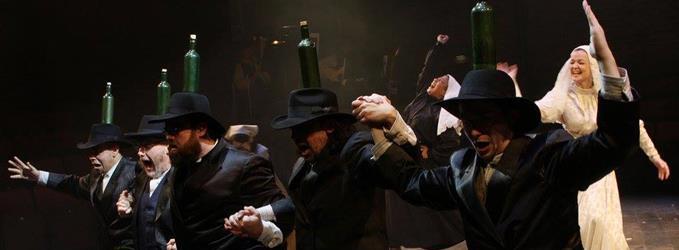
February | The Everyman rep returns
There was a lot riding on the Everyman’s return to rep, with theatres across the land reputedly keeping a close eye on how things turned out. Fortunately for the Hope Street venue, the version of Fiddler on the Roof that opened the season in February turned out to be one of their biggest hits in years. It was “a brilliant production” according to Liverpool Confidential’s review.
Over six months, the company of 14 performers powered through five shows, with Lizzie Nunnery’s austerity musical The Sum and Manfred Karge’s Conquest of the South Pole proving particularly effective. For some at the theatre, there was a sense that audiences were just starting to ‘get’ what rep is about as the season came to an end, but with a new company gearing up for action in 2018 (featuring seven of the same faces), there are plenty more rep adventures to come.
* More here
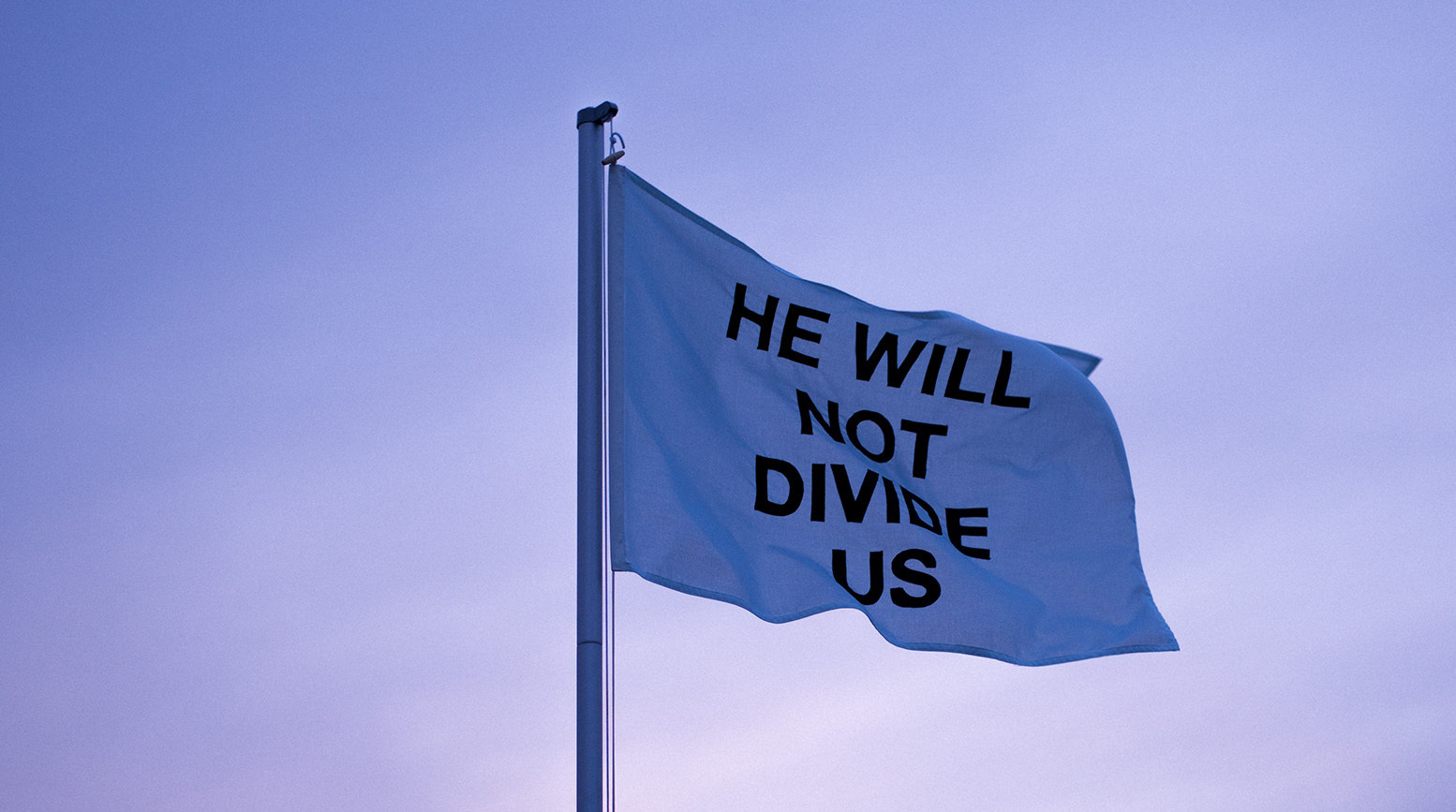
March | No hiding place for Shia LaBeouf in Liverpool
When Shia LaBeouf’s interactive anti-Trump artwork He Will Not Divide Us was chased out of New York early this year, Liverpool’s FACT stepped in to give it house room. Or more accurately, roof space.
Originally an online performance piece involving members of the public saying “He will not divide us” into a webcam, the New York version of the work was immediately targeted by alt-right activists and shut down after a month. By the time it arrived at FACT, it had evolved into a single white flag emblazoned with those same five words, with a live stream of the fluttering fabric beamed to the world from the Wood Street venue.
What followed was a barely believable online caper as shady keyboard warriors from across the internet communed with one aim in mind: to take down that flag. And by mid-afternoon on the first day – after roof-scaling scals, clusters of cops and tight lips from the FACT press team – it was gone.
* More here
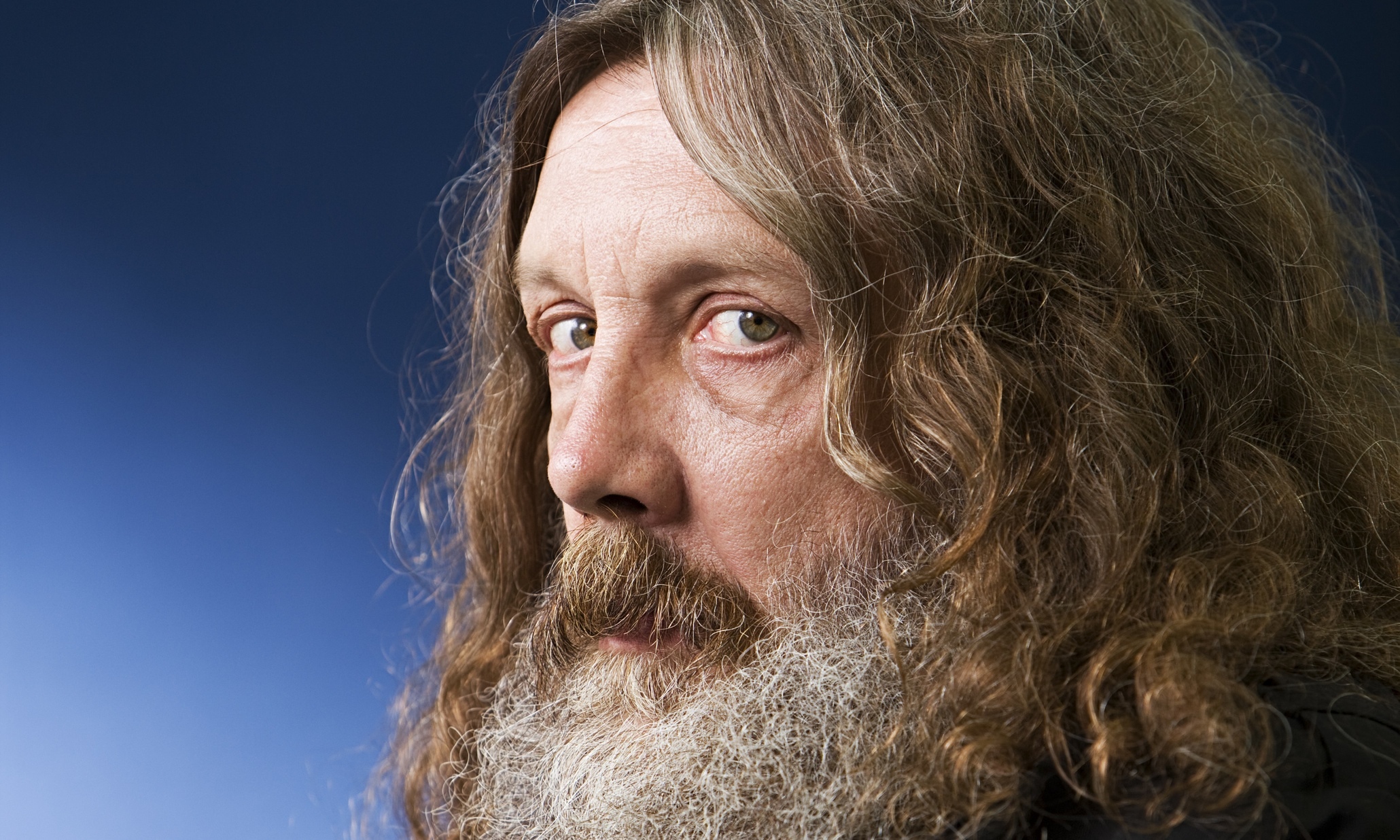
April | 14 Hour Super Weird Happening, The Florrie
Few Liverpool venues have rumbled to the city’s distinctive counter-cultural vibrations quite as much as The Florrie this year. Following exhibitions by original punk designer Jamie Reid and former KLF provocateur Jimmy Cauty in 2016, the city’s cosmic connections continued throwing out brilliant sparks as the Super Weird Happening arrived on All Fool’s Day, April 1.
Triggered by the DJ Greg Wilson, the event was both a homage to the original technicoloured happenings of the 1960s as well as a gathering of today’s discordian and magickal tribes. As local “cultural fixer” Tom Calderbank told Liverpool Confidential at the time, “Our goal is to change this country’s consciousness. The connections made here will be transformative.”
Packed with music, art, discussions and performance, the event even featured an appearance from the revered writer Alan Moore and his wife, the American comic artist Melinda Gebbie.
Whether the Dingle will ever be the same again remains to be seen.
* Read our most read story of the year (honest): Alan Moore's Top Five: Mystics and Magicians
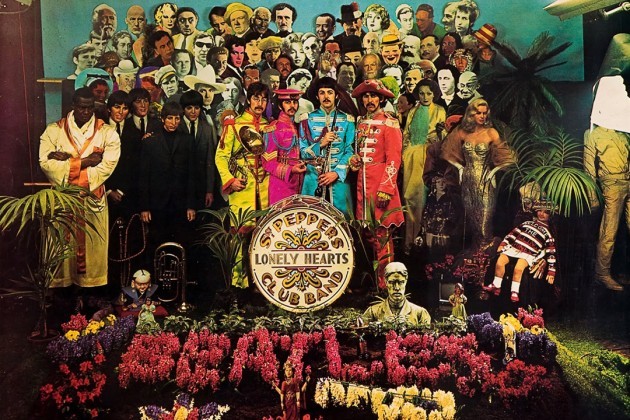
May | Sgt Pepper at 50
The year’s big council-backed culture extravaganza kicked off in May, though as an extended celebration of Sgt Pepper’s half-century, it continued well into June. Whether you took it to be a fitting tribute to one of the 20th century’s most influential artworks or another backward-looking Beatles-fest depends on personal perspective, but there was no arguing with some of the artistic ambition on display.
With newly commissioned pieces from the likes of the Mark Morris Dance Group, 20 Stories High, Frank Cottrell-Boyce and Meow Meow, each of the album’s 13 tracks was turned into a singular artwork. There was dance, music, film and theatre, plus a memorable firework display concocted by Groupe F, from France, who took over Woolton’s Camp Hill in an event inspired by Lucy in the Sky with Diamonds.
* More here
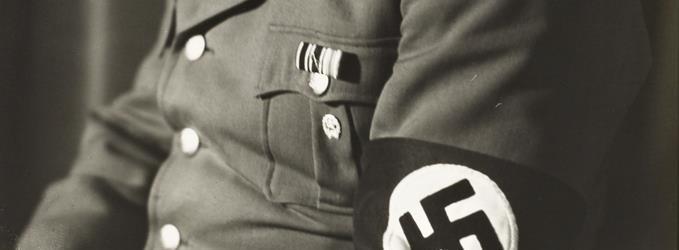
June | Portraying a Nation, Tate Liverpool
While the Walker pulled in the beauty-loving Art Nouveau fans with its popular exhibition devoted to Alphonse Mucha, Tate Liverpool’s exploration of inter-war Germany was probably the year’s most fascinating art show.
Split between a room of sober photographic portraits by August Sander and a second chamber dedicated to paintings by Otto Dix, the exhibition was a dissection of the most portentous few years of the 20th century. The contrast between Sander’s personal studies of humanity’s surface textures and Dix’s often gruesome representation of “life undiluted” was startling, but it was the placement of their work against a timeline of the century’s growing tragedy that ultimately skewered the heart.
* More here
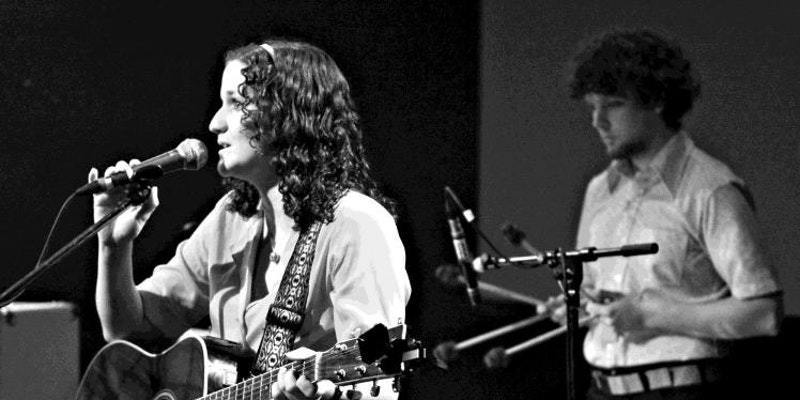
July | Horny Handed Tons of Soil, Unity Theatre
With the outbreak of summer, cultural institutions often take their foot off the artistic gas, but as the pace began to slow this year, it was good to tune into one of those smaller-scale events that can still provoke admiration and wonder.
Tapping into another 50th anniversary – this one being for the Liverpool Poets’ Mersey Sound anthology – writer Lizzie Nunnery, musicians Vidar Norheim, Martin Heslop and Martin Smith, and filmmaker Tim Brunsden created an exquisite piece inspired by the late Adrian Henri and the Liverpool 8 he loved.
Crucially, it wasn’t simply an invocation of Henri’s bygone Toxteth visions. By taking a lead from his poetic wanderings but intertwining them with today’s Liverpool 8 community, Horny Handed Tons of Soil was powerful and affecting, easily one of the most reserved, yet most intense, theatrical performances of the year.

August | Welcome to the Dark Ages, The JAMs
If Liverpool’s interstellar leylines began twitching violently at The Florrie back in April, August 23 was the day they began coiling themselves round the city and squeezing the life back into it. Impossible to summarise and yet packed with quotable incidents – a mysterious poster revealed by Liverpool Confidential, a Ukrainian ice-cream van on Bold Street, a surprise paint attack at the Bombed Out Church, a pyramid pyre in the north docks – Welcome to the Dark Ages marked the return of the KLF' - Bill Drummond and Jimmy Cauty - to the wider public consciousness.
From one perspective it might have looked like no more than an audacious book plug (Drummond and Cauty’s novel 2023 was launched at News From Nowhere at midnight on August 23), while from another, the three days of inexplicable ritual might have resembled a summoning of the actual end of days.
But whatever it was and however it will be remembered, those three days in August 2017 have already entered Liverpudlian counter-cultural folklore. And as we know, that’s already a bloody big book.
Some of the exclusives we were given by The JAMs
- Revealed: Mysterious JAMs poster appears at Beatle birthplace
- REVEALED: Justified Ancients of Mu Mu bound for Liverpool in Ice Kream Van
- Two Lads Who Shook The World
- PICTURE EXCLUSIVE: The Justified Ancients of Mu Mu reveal life as undercover Scarecrows

September | Liverpool International Festival of Psychedelia, Baltic Triangle
From rock to reggae to disco to dub, every musical genre seems to have its own Liverpool-based festival these days. But it’s Liverpool Psych Fest that has perfected the art of compiling multiple gigs over a couple of days and turning them into a focus for a global community.
For lovers of psychedelia in all its forms – this year, that included the African hypno-funk of W.I.T.C.H., ambient electronics from Harald Grosskopf and Eberhard Kranemann, and Adrian Sherwood’s dub trickery – this corner of the Baltic Triangle goes supernova every September.
Bands run to time, the venues are close together, and with the streets closed off, there’s plenty of space to play. But ultimately it’s about the punters and artists who turn up, and on that count, Liverpool Psych Fest wins year after mind-mangling year.

October | The return of Michael Head
Michael Head has been crafting finely-wrought songs for the best part of four decades, and if fame and fortune could be conjured up through the expression of fans’ love and devotion, he would be traversing the pop world’s peaks. As it is, his music has inspired no end of passion, but commercial success has consistently eluded him.
There have been deep troubles with drink and drugs too, and although his big breakthrough into pop’s upper echelons once seemed just a matter of time, eventually that kind of talk fell away.
However, when Liverpool Confidential met Head back in October, he seemed unburdened and content, excited about good times yet to come. And with the release of Adiós Señor Pussycat, his first album in a decade, along with new plans and fresh gigs, it is wonderful to see that music is still powering his soul.
* More here
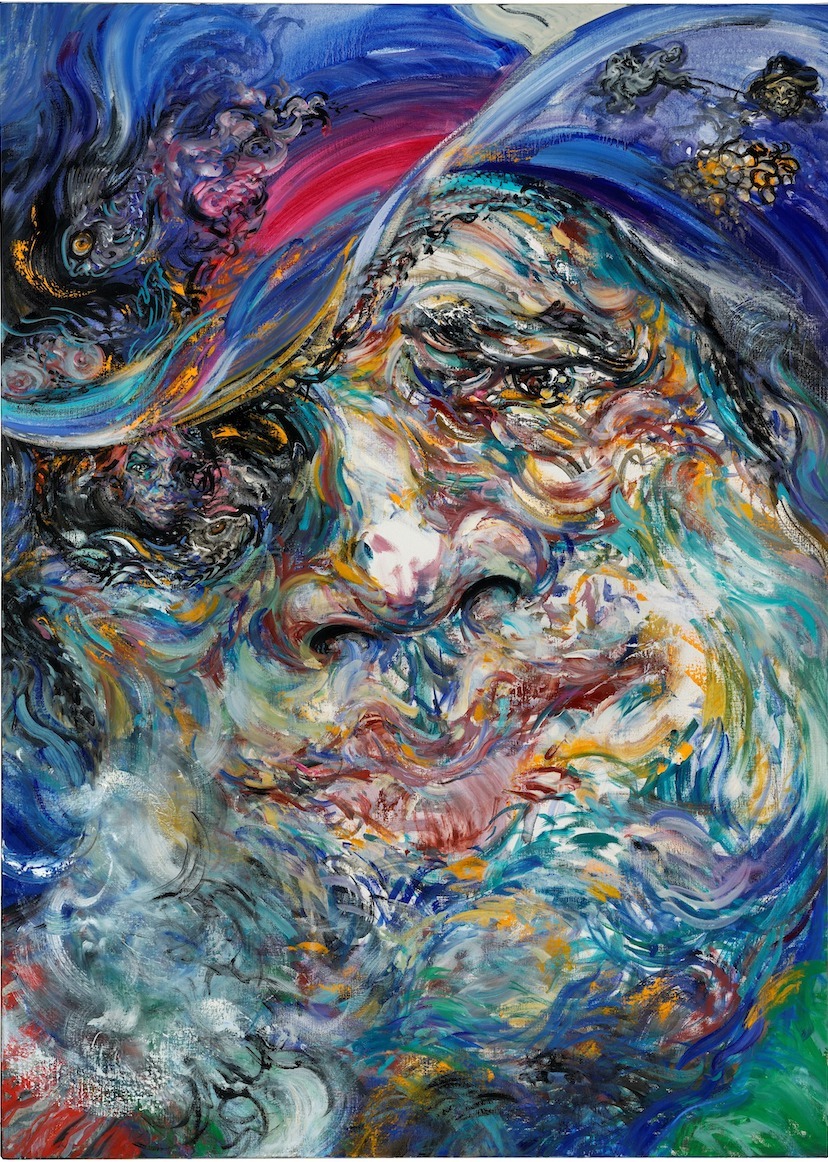
November | Maggi Hambling’s George Melly portrait, Walker Art Gallery
When the world remembers great Liverpudlians, we know the names who generally come to mind. They’re the ones with accents, the ones in tracksuits, the ones who did great stuff on the pop stage or football pitch or propping up a mic stand in a working men’s club.
But while great works in all these spheres should be remembered, let’s also revere the free thinkers and free drinkers who caroused through a different sort of Liverpool, where art and language were instruments capable of twisting the meaning of life.
With his good-time jazz and bohemian ways, the late George Melly is one of their number, and the swirling, whirling spirit of Maggi Hambling’s painting, Good Time George, is testament to endless lost afternoons and evenings gone by. The artist has now given the painting to the Walker Art Gallery, and everyone should go and drink it all in.
* More here
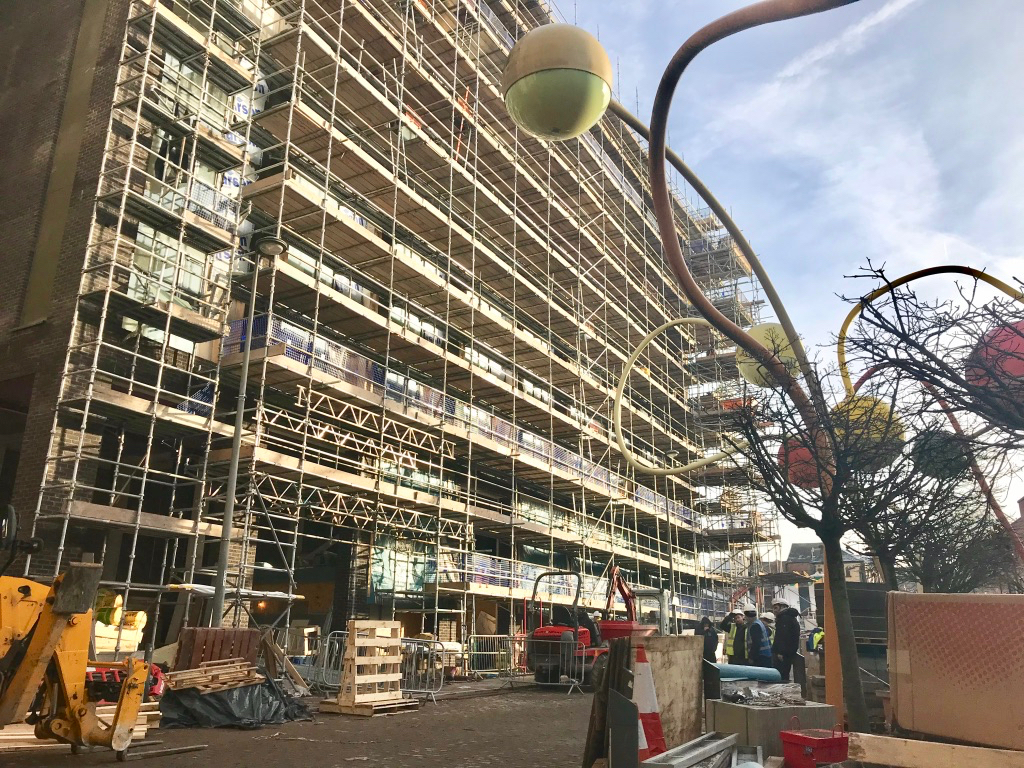
December | Where next for Liverpool’s culture?
There have long been whispers that the promised replacement for the now-demolished Nation venue on Wolstenholme Square – home of the once mighty superclub Cream – wasn’t going to happen.
With the confirmation that the new venue has been dropped from the ongoing residential development, and the continuing gap in independent arts activity in the city centre caused by the loss of the Kazimier, Liverpool is facing up to the reality – again – that old venues and new apartments don’t mix.
Like oil and water, it’s seldom a surprise to see which one ends up on top.
While new venues continue to proliferate beyond our central districts, particularly in the Baltic Triangle to the south and the “Ten Streets” to the north, the loss of independent activity in the heart of the city is likely to lead to a concurrent loss of vitality. What effect this will have on Liverpool remains to be seen, but 2018 may be the year we find out.
- Revealed: Cream's not happening in Wolstenholme Square
- REVEALED: UK'S first revolving theatre for Liverpool's north docks
















